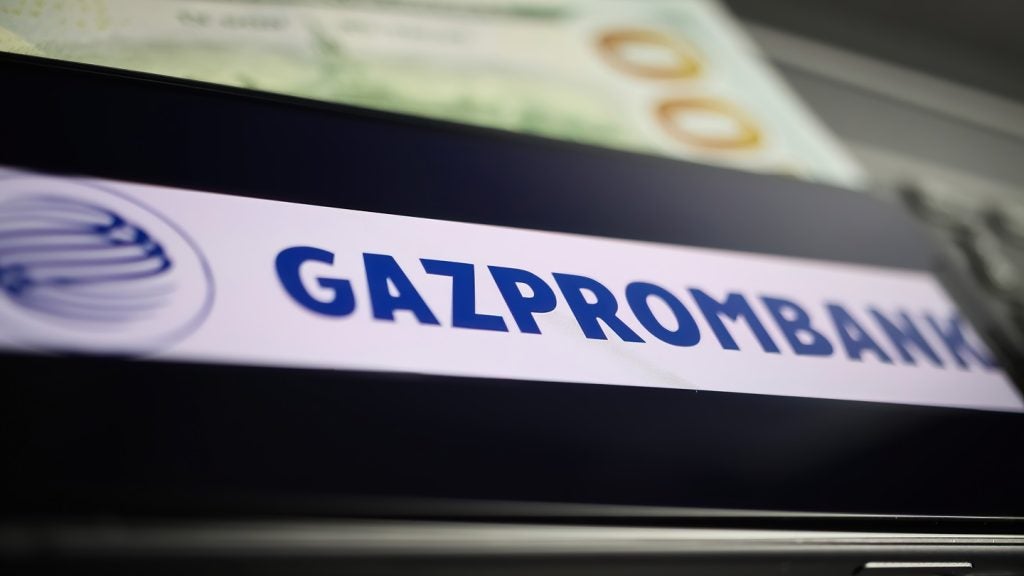Financial services consultancy
Javelin Strategy & Research has outlined what it describes as
the security features of a ‘dream credit card’. An ideal credit
card would put the cardholder firmly in control of the security
protections available to them and would feature anonymous
identifiers, truncated data and a host of other means to provide
protection against a number of data crimes, the consultancy said in
a recent study.
Javelin qualified its study by noting that 8.4 million Americans
had been identity fraud victims in 2006 at a cost to them of $50
billion. The average victim paid $587 out-of-pocket for fraud on an
existing account. If the thief opened a new account in the victim’s
name, the average victim paid $792. On average, victims spent 25
hours resolving their fraud case.
“Card issuers have a golden opportunity to increase loyalty and
retention, and strengthen relationships and their brand reputation,
by giving consumers simple identity fraud prevention tools they
like to use,” said James Van Dyke, president of Javelin Strategy
& Research, in a release. “Identity fraud is a major pain point
for consumers and can damage the relationship between the consumer
and the card issuer.”
A dream credit card would include the ability to restrict or allow
certain types of transactions such as cash advances, would offer
photos of account holders on the card, and would use identifiers
other than social security numbers for identity verification.
All customer-sensitive data would be truncated while interacting
with customers, and the card would come with antivirus software,
provided by the issuer through partnerships with security software
vendors, such as Bank of America’s partnership with Symantec.
Many US issuers provide one or more of these security tools, but
the report recommends all as the best way to fight security issues
collaboratively with cardholders.
How well do you really know your competitors?
Access the most comprehensive Company Profiles on the market, powered by GlobalData. Save hours of research. Gain competitive edge.

Thank you!
Your download email will arrive shortly
Not ready to buy yet? Download a free sample
We are confident about the unique quality of our Company Profiles. However, we want you to make the most beneficial decision for your business, so we offer a free sample that you can download by submitting the below form
By GlobalDataHigh-risk changes to accounts
On the fraud side, Javelin’s dream card would provide mobile device
or e-mail alerts for high-risk changes to accounts, including
replacement cards sent out, PIN or password reset, and change of
physical address or e-mail address. Alerts should also accompany
the initiation of higher-risk transactions, such as
card-not-present or activity on dormant accounts and account
payment status.
Card issuers should also notify customers of new account setups,
because new account fraud is traditionally the most difficult for
consumers to detect. The study concluded that providing alerts for
payments past due, new account setup and foreign and replacement
card transactions appear to be a missed opportunity for
issuers.
In the event of fraud, Javelin’s dream card would include a
comprehensive, up-to-date data breach resolution plan and provide
an identity fraud assistance team to help customers affected by
fraud. It would offer zero liability for fraud, free identity theft
insurance, next-day card replacement and 24/7 account suspension
capabilities.
As for how the individual issuers currently fare, Bank of America’s
Visa Platinum card is the best of the best when it comes to
offering features that allow consumers to help make their credit
cards secure, the report said. Its platinum card was followed by
American Express Blue, Discover Platinum (which tied with First
National Bank of Omaha’s Platinum Edition Visa), Citibank’s
Platinum Select and Navy Federal Credit Union’s Platinum
MasterCard.
The Javelin study noted that, while 84 percent of issuers reported
having a data breach resolution plan in place, there is still
plenty or room for improvement. Only 24 percent of card issuers
provide user-defined limits and/ or prohibitions on cash advances
and more than half (56 percent) of top card issuers still require
full nine-digit social security numbers from customers in mail,
telephone and e-mail communications.
The study found that, to date, issuers have provided consumer
security guidelines, multifactor log-in authentication and online
purchase authentication. However, this does not go far enough.
Issuers have an opportunity to do better in prevention and
detection by placing more of the responsibility into the hands of
their customers, specifically by implementing dynamic, two-way
alerts for suspicious transactions.
Customers must also be given greater authority over their user
profiles and have the ability to receive alerts for any high-risk
changes to their records or any activity that they have defined as
abnormal.
“Consumers play an essential role in security, detecting nearly
half of all identity fraud cases,” said Rachel Kim, a risk and
fraud analyst at Javelin. “Consumers want to be involved in
protecting their accounts, with 60 percent viewing this as a duty
they share with their financial institution.”
Charles Davis







